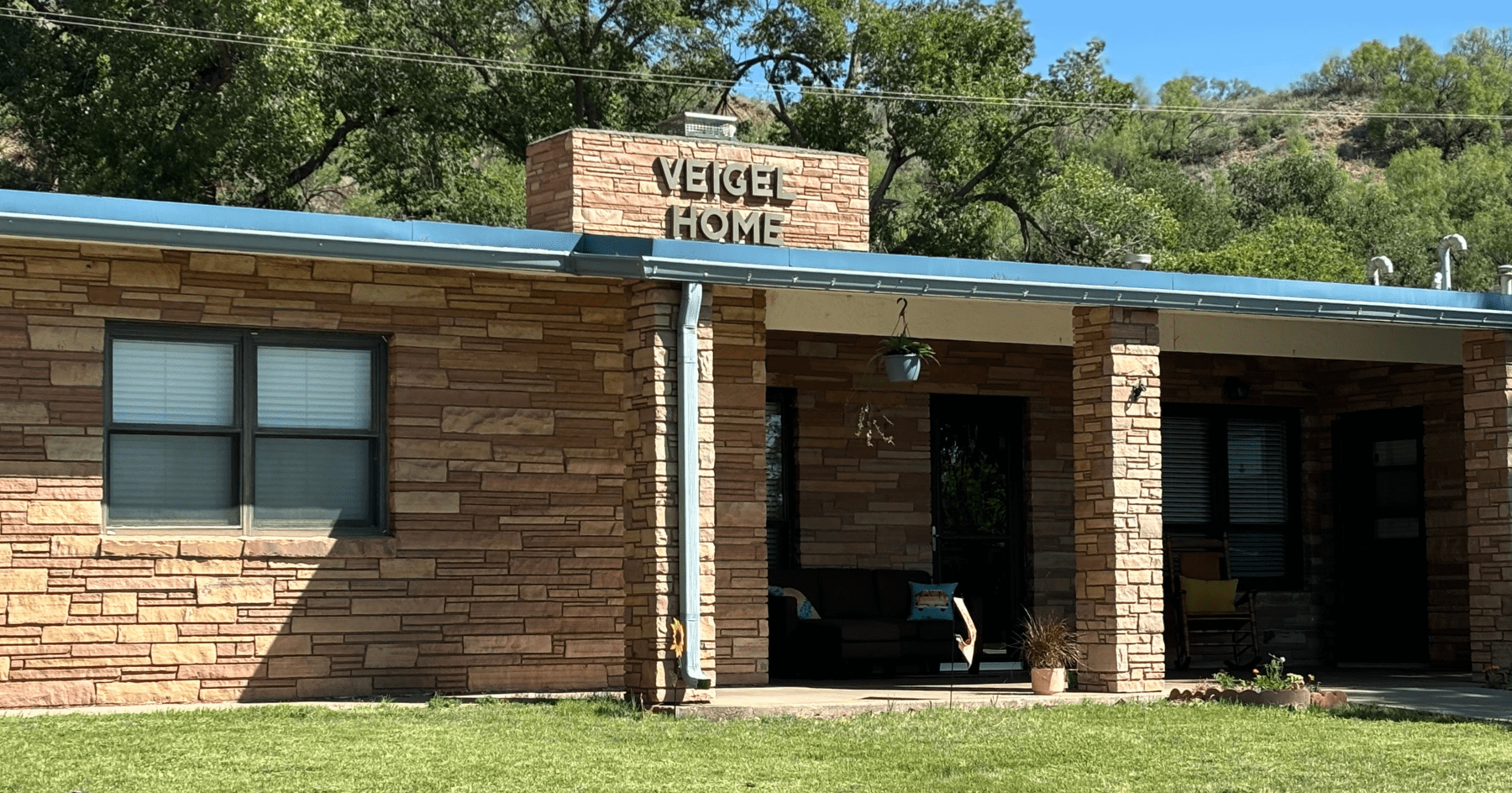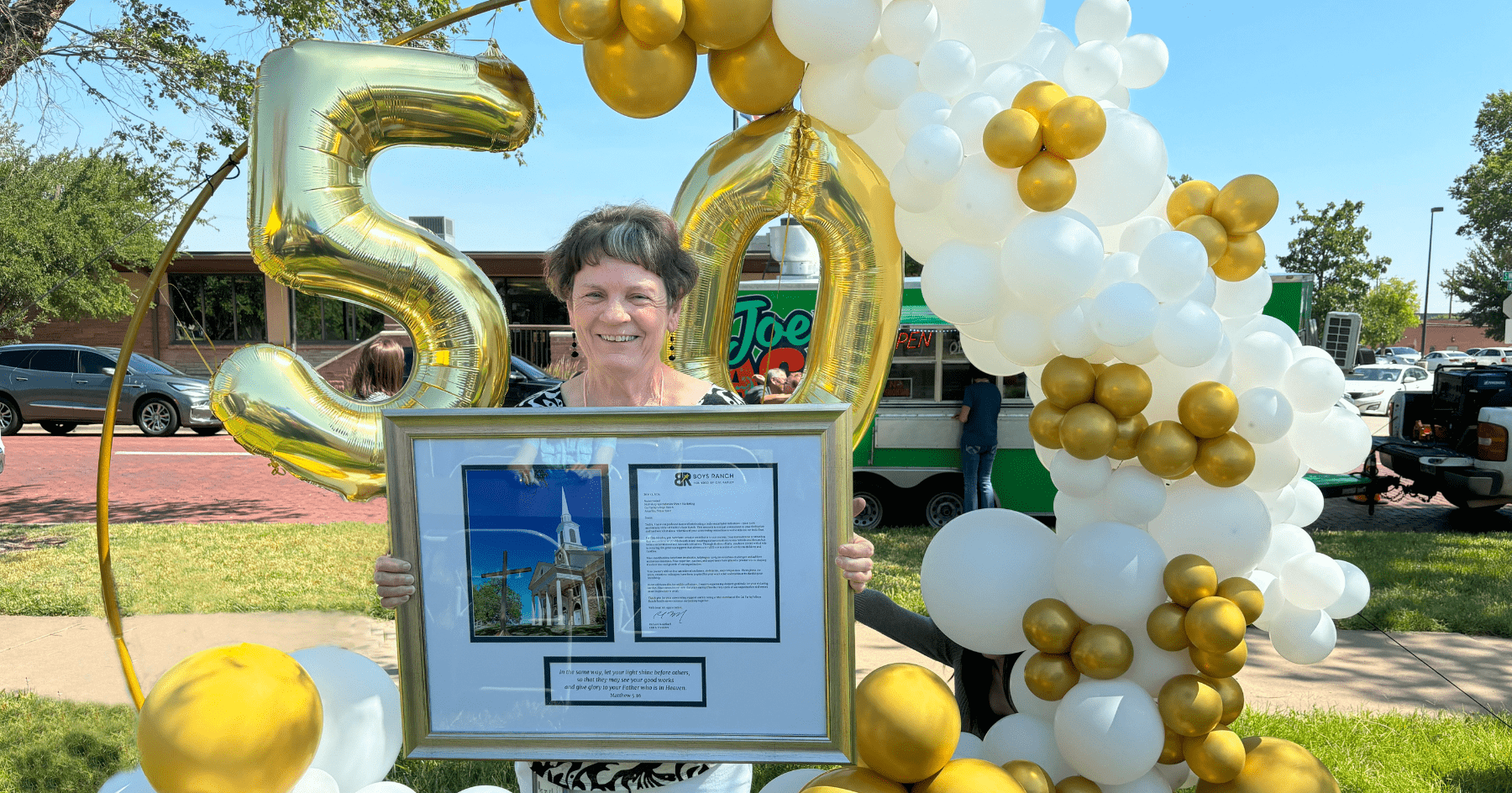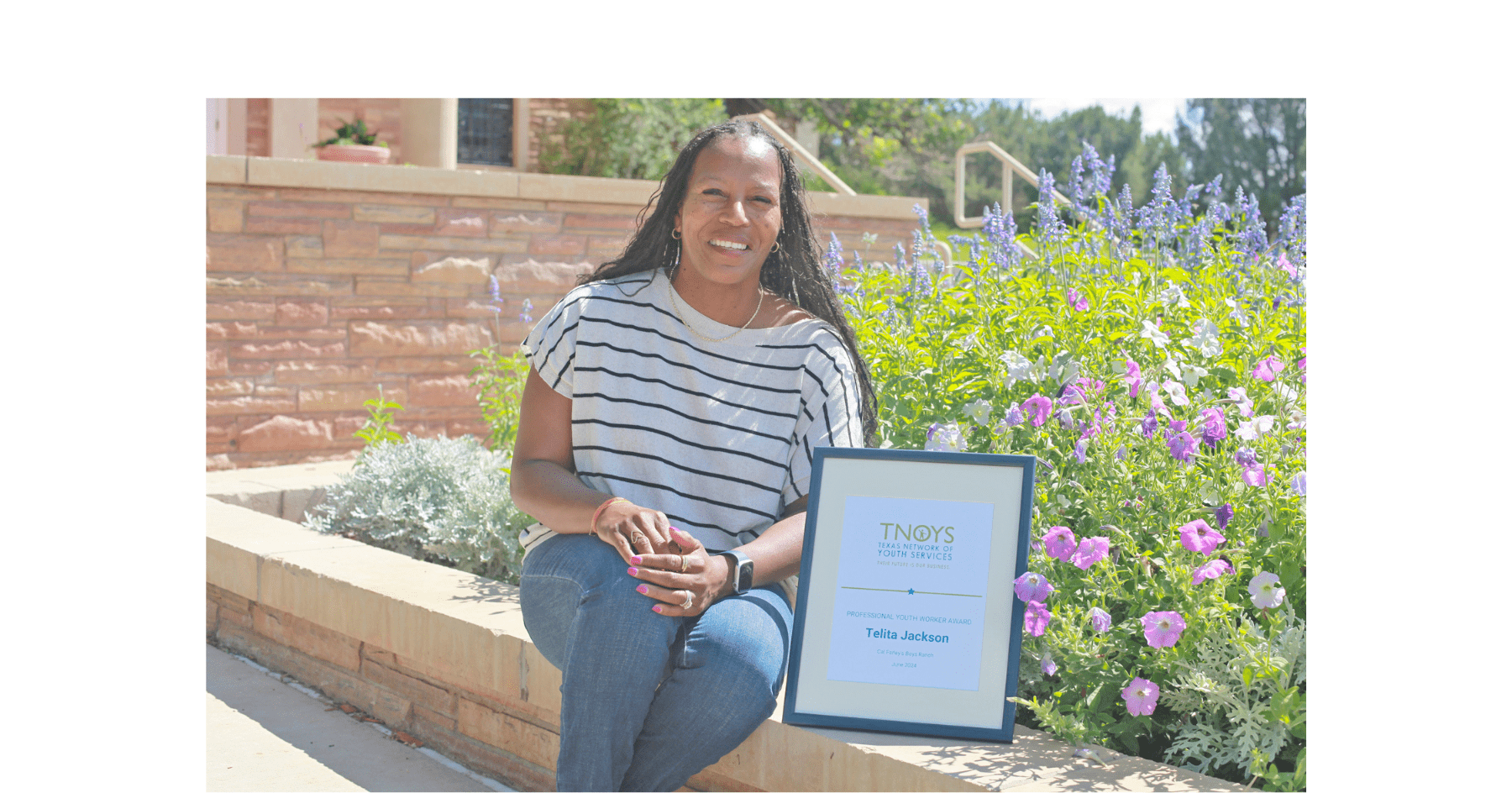Consistent care keeps children at Boys Ranch healthy.
The first day a child arrives a Boys Ranch is a whirlwind of activities, from signing administrative paperwork to dropping off any belongings in a new bedroom.
Many children who come to Boys Ranch arrive because their families have been in troubled situations. Of those children, some have never had medical attention. Before the first day is over, a new child will have a health examination.
Donors have made it possible for Boys Ranch to care for children for ailments ranging from the common cold to dental work.
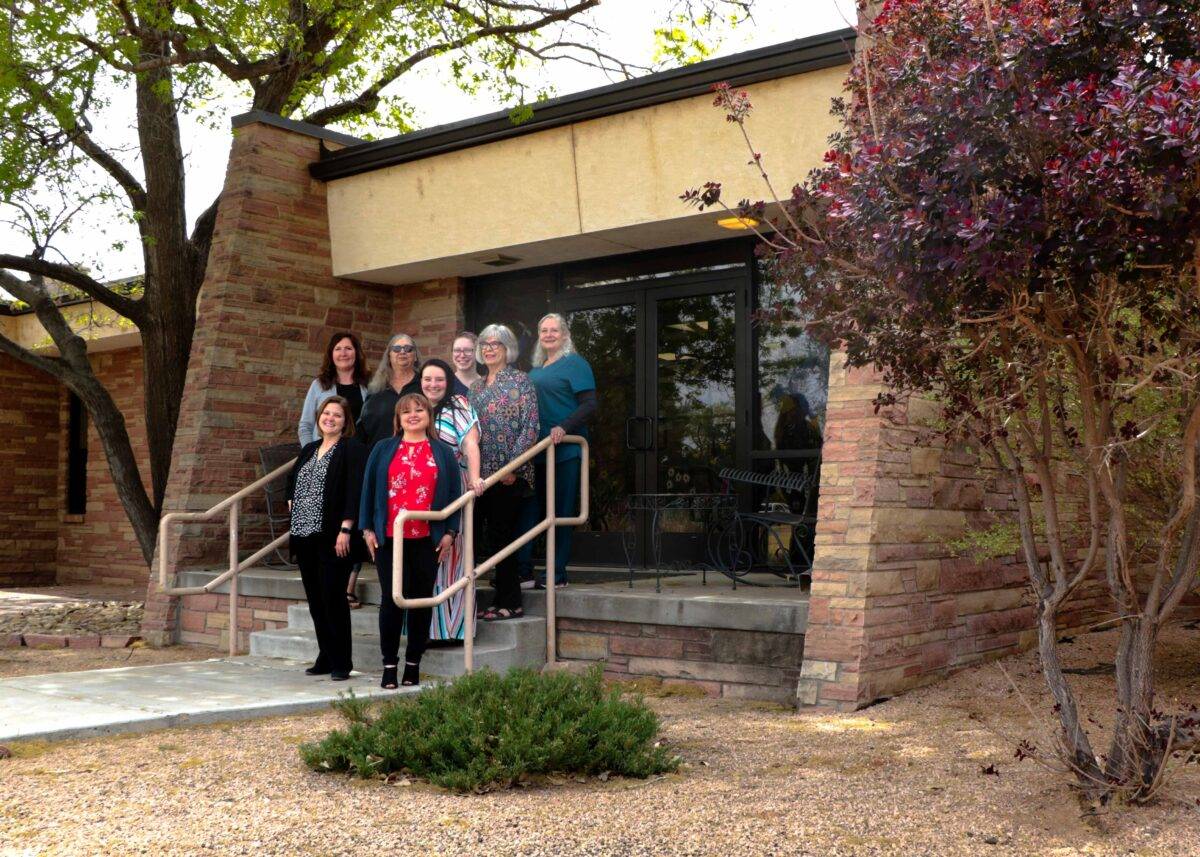
Many Children Arrive With Needs
“It’s not uncommon for children to arrive in need of medical care,” said Keely Miller, director of program operations, who supervises healthcare at Boys Ranch. “During the initial assessment at the clinic, we get an idea of what kinds of treatments a child might need. If the child has no immediate need, we schedule regular checkups and an annual physical.”
If a child needs glasses or dental work, the clinic staff meets those needs through appointments in Amarillo with healthcare providers who have been chosen for their ability to interact with children as individuals.
“We select optometrists and dentists because they are willing to treat each child as an individual, not part of a list of 200 children,” Miller said.
For example, children at Boys Ranch come from many parts of the United States, and they might encounter allergens and pollens not present in their home states. The clinic is able to prescribe allergy medicine.
Proper treatment can lead to other improvements, Miller said. When children receive treatment, such as being fitted for glasses to improve their sight, they see an improvement in school performance. Addressing hearing issues can lead to fewer behavior problems because children can hear what they are being asked to do.
“We are asked to care for the whole child, not just mind or body or spirit, but all of those things,” Miller said. “Medical care is that first step.”

Ongoing Care Takes Place at Boys Ranch
Most basic care is handled at the on-campus clinic, which was built in 1970. Since then, the clinic has been in constant use. It’s the first stop for every medical issue.
“It’s easier to have a child come here than to drive to Amarillo,” said Sunshine Serna, the clinic manager. “There are days when we have 20-minute increments here at the clinic, and every slot is filled up with children.”
The campus clinic is similar to a small-town general practitioner’s office, Serna said, and in essence the clinic is the “school nurse” for Boys Ranch Independent School District.
“The added privilege of having our clinic on campus is we get the school schedule,” Serna said. “We make sure we don’t have kids scheduled during certain things, because school is important.”
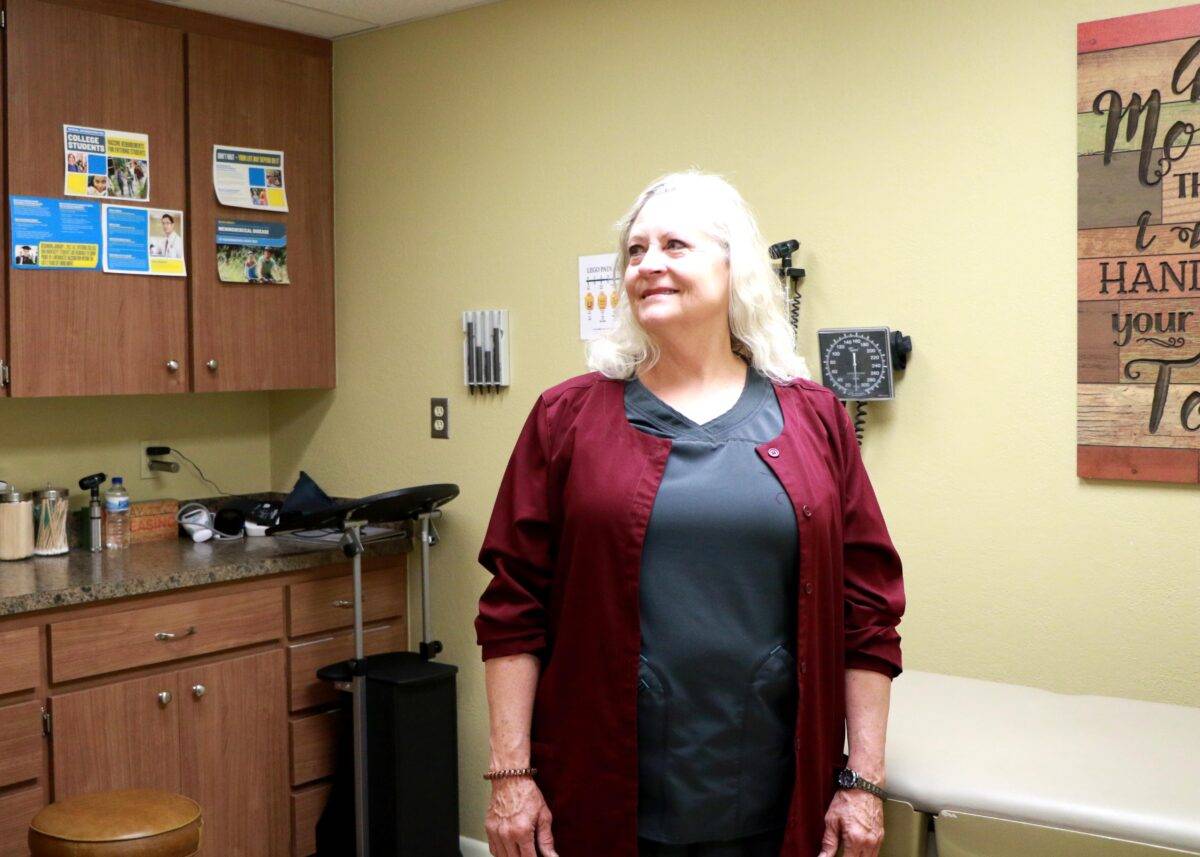
Like a Doctor’s Office in a Small Town
The campus clinic is similar to a general practitioner’s office, Serna said, but the patients don’t have to sit for hours in a lobby with sick people before being treated. Wait times are rarely longer than five minutes.
Marla Bible is a family nurse practitioner who is contracted with Family Care Clinic to work at Boys Ranch. While the Boys Ranch clinic has a family feel, it’s more than that, she said.
“We are networked with many avenues of care in Amarillo, so the care is even better than a small-town doctor’s office,” she said.
When children are first admitted, Bible said, some show malnourishment and a general lack of care of their physical health.
“They might not know how to brush their teeth or that they need to shower often,” Bible said. “It takes them a while to get into the routine of it and learn how to do it all.”
Other children arrive a bit overnourished, she said.
“They have to learn that they need to eat different foods from each food group,” Bible said.
Sports and recreation activities help those children also.
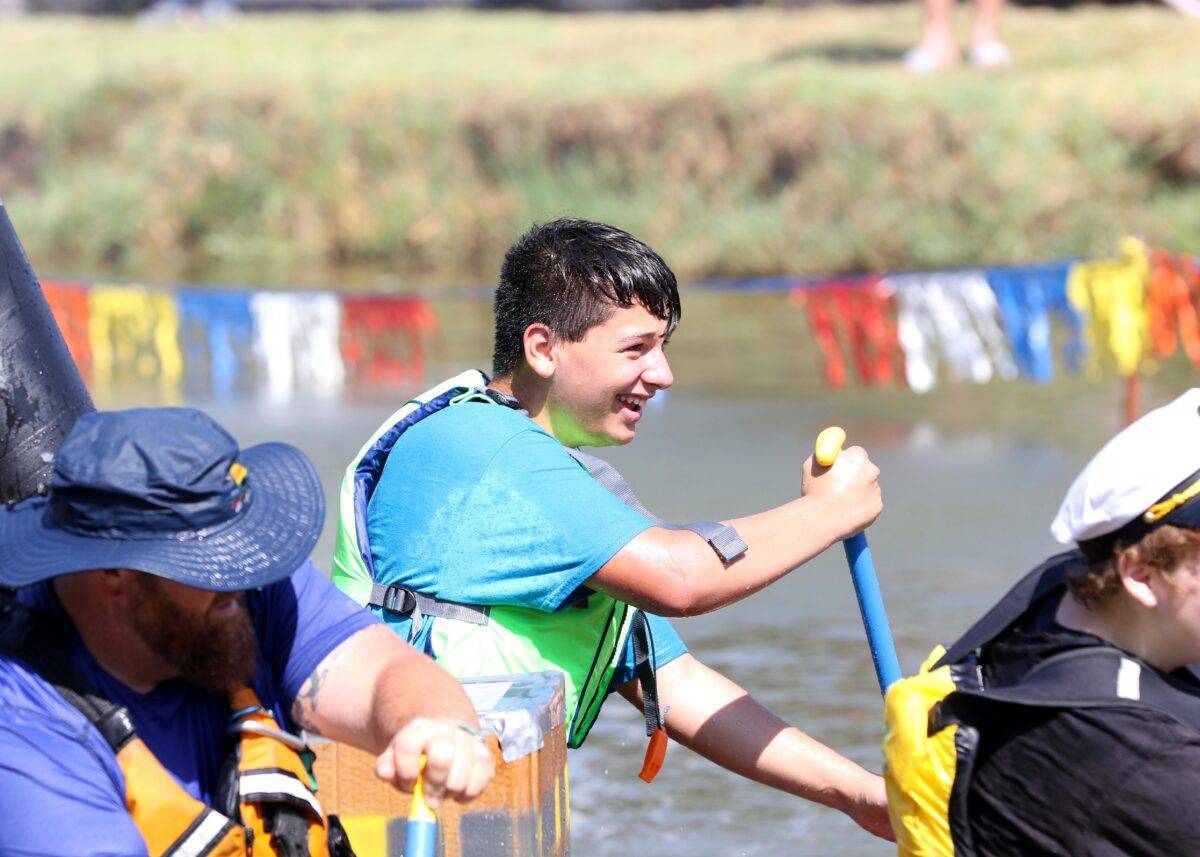
Emergency Care
“Because the kids are so active here, the main injuries that we see are sprained ankles and wrists, twisted knees and other injuries related to physical sports,” Bible said. “We even occasionally have cactus thorns in the bottom of a foot.”
Boys and girls at Boys Ranch have 24-hour access to care, just as children would in any small town, Miller said. After the clinic closes for the day, emergency medical services are on call to respond for the bumps and bruises of life, such as a fall from a skateboard or a fishhook embedded in a hand while fishing.
“And yes, that has happened,” Miller said. “The hook was removed, and the EMTs treated the child.”
If a child’s injuries are more serious, the EMTs can transport the child to Amarillo. In earlier days, Boys Ranch had its own ambulance, a converted hearse. Today, the contracted EMTs have fully stocked modern ambulances.
The EMTs are on call at sporting events, such as rodeo and football, where injuries might occur. They are present at other events as well, to connect children with the “safety” part of the Boys Ranch Model of Leadership & Service.
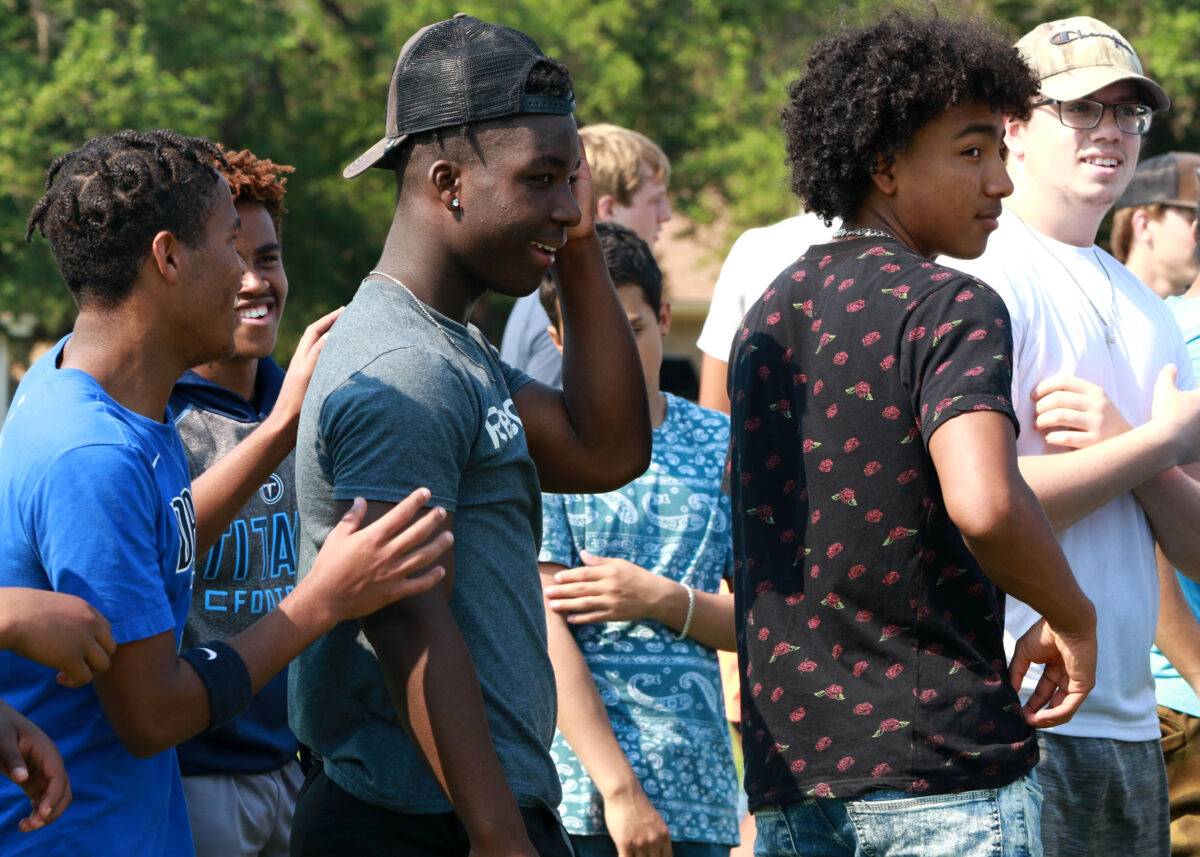
A Sense of Safety
The most important part of having a clinic on site is the sense of safety it gives the children and houseparents as well as the children’s families, Serna said.
“I have worked for Cal Farley’s Boys Ranch for 15 years,” Serna said. “My husband and I started out as houseparents. We knew that when we needed to bring children to the clinic, those children felt safety in being cared for.
“Here at the clinic, we have our patients on a schedule and see everybody who walks through the door,” Serna said. “We want everyone to leave the clinic feeling like they were treated like family.”
The difference between how children arrive at Boys Ranch and how they leave is notable, Bible said.
“I’ve seen kids that have been at Boys Ranch for a few years,” she said. “Those seniors graduating are such polite, thoughtful, considerate young men and women. I think they have goals set now. They have their future they’re looking forward to.”
